Understanding the Role of Water Flow Sensors in Smart Home Technology
 In recent years, the integration of smart home technology has revolutionized how we manage our living environments, with the water flow sensor emerging as a pivotal component in this transformation. According to a report by MarketsandMarkets, the smart home market is projected to reach approximately $174 billion by 2025, driven by the increasing demand for energy efficiency and water conservation solutions. Water flow sensors, specifically, play a critical role in monitoring and controlling water usage, helping homeowners to detect leaks proactively and optimize their consumption. Research indicates that these sensors can reduce water waste by up to 30%, aligning with global sustainability goals. As smart home technologies continue to evolve, the significance of the water flow sensor in enhancing water management and contributing to a more efficient household experience cannot be overstated.
In recent years, the integration of smart home technology has revolutionized how we manage our living environments, with the water flow sensor emerging as a pivotal component in this transformation. According to a report by MarketsandMarkets, the smart home market is projected to reach approximately $174 billion by 2025, driven by the increasing demand for energy efficiency and water conservation solutions. Water flow sensors, specifically, play a critical role in monitoring and controlling water usage, helping homeowners to detect leaks proactively and optimize their consumption. Research indicates that these sensors can reduce water waste by up to 30%, aligning with global sustainability goals. As smart home technologies continue to evolve, the significance of the water flow sensor in enhancing water management and contributing to a more efficient household experience cannot be overstated.
The Basics of Water Flow Sensors in Smart Homes
Water flow sensors play a crucial role in enhancing the functionality of smart home technology. These devices are designed to monitor the flow of water through various systems in a home, providing real-time data that can prompt automated responses. According to a report by Grand View Research, the global smart home market is projected to reach $158.6 billion by 2024, highlighting a growing interest in integrating smart technologies, including water management systems.
In smart homes, water flow sensors can detect leaks, monitor water usage, and improve irrigation efficiency. For instance, a study from the Urban Land Institute reveals that homes equipped with smart water management systems can reduce water waste by up to 30%. This not only leads to lower utility bills but also supports sustainable living practices. As technology advances, the integration of water flow sensors into home automation systems is becoming increasingly seamless, allowing homeowners to receive alerts on their smartphones in case of unusual water flow patterns, thereby preventing potential damage and fostering proactive maintenance.
How Water Flow Sensors Enhance Home Automation Systems
Water flow sensors are rapidly becoming integral to smart home automation systems, providing homeowners with enhanced control and efficiency. According to recent industry reports, the global market for smart water management solutions is expected to reach $23 billion by 2025, driven by the growing demand for sustainable and efficient home technologies. These sensors monitor water usage in real-time, allowing users to track their consumption patterns, detect leaks, and optimize their water usage, resulting in significant cost savings and environmental sustainability.
Furthermore, the integration of water flow sensors into smart home ecosystems can facilitate automated alerts and actions based on user-defined parameters. For instance, if a leak is detected, the system can automatically shut off the water supply and notify the homeowner via their smart devices. This capability not only protects the property from potential water damage but also promotes responsible water usage, which is particularly crucial as regions around the world face increasing water scarcity issues. With the rise of IoT technologies, water flow sensors are poised to play a pivotal role in advancing home automation solutions and contributing to smarter, greener homes.
Integrating Water Flow Sensors with Smart Devices
Water flow sensors play a crucial role in enhancing the functionality of smart home technology by providing real-time data regarding water usage and flow rates. When integrated with smart devices, these sensors can monitor water consumption patterns, detect leaks, and optimize usage for efficiency. For example, a smart irrigation system can adjust water distribution based on current weather conditions and soil moisture levels, thereby conserving water and reducing costs.
The integration of water flow sensors with smart home platforms allows homeowners to receive alerts and notifications through their mobile devices. Users can be notified of unusual flow rates that may indicate a leak, enabling prompt action to prevent water damage. Additionally, these sensors can be programmed to work in conjunction with water heaters and irrigation systems, ensuring they operate only when necessary, which further contributes to energy and water savings. The seamless connectivity between sensors and smart devices creates a more responsive and efficient home environment, embodying the principles of convenience and sustainability that define smart home technology.
Water Flow Sensor Data in Smart Home Technology
Benefits of Real-Time Water Monitoring in Home Management
The integration of water flow sensors into smart home technology is transforming home management by enabling real-time water monitoring. According to a report by MarketsandMarkets, the smart water management market is projected to reach $22.5 billion by 2025, underscoring the increasing demand for these advanced systems. Real-time monitoring allows homeowners to detect leaks immediately, reducing water wastage and preventing costly damages. Research indicates that households equipped with water flow sensors can save up to 20% on their water bills by identifying and addressing inefficiencies in water usage promptly.
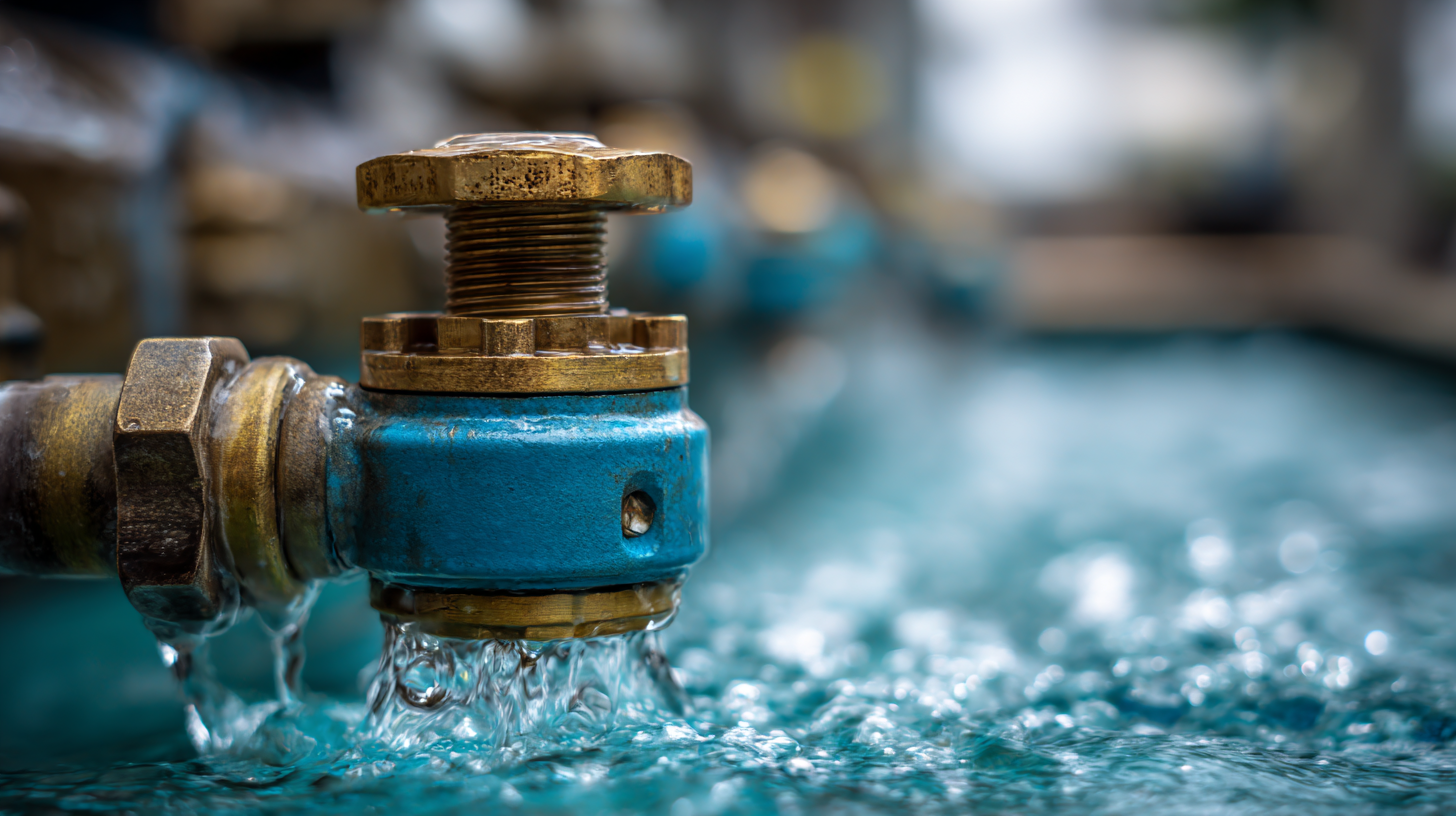
Moreover, real-time data provided by water flow sensors enhances user awareness of water consumption patterns. An analysis by Frost & Sullivan found that smart water management technologies can lead to a decrease in water consumption by 10-15% within the first year of implementation. Homeowners can use this data to adjust their habits, leading to more sustainable usage. By fostering proactive management of water resources, these sensors not only contribute to individual cost savings but also promote broader environmental benefits, as effective water management becomes increasingly critical in addressing global water scarcity challenges.
Troubleshooting Common Issues with Water Flow Sensors
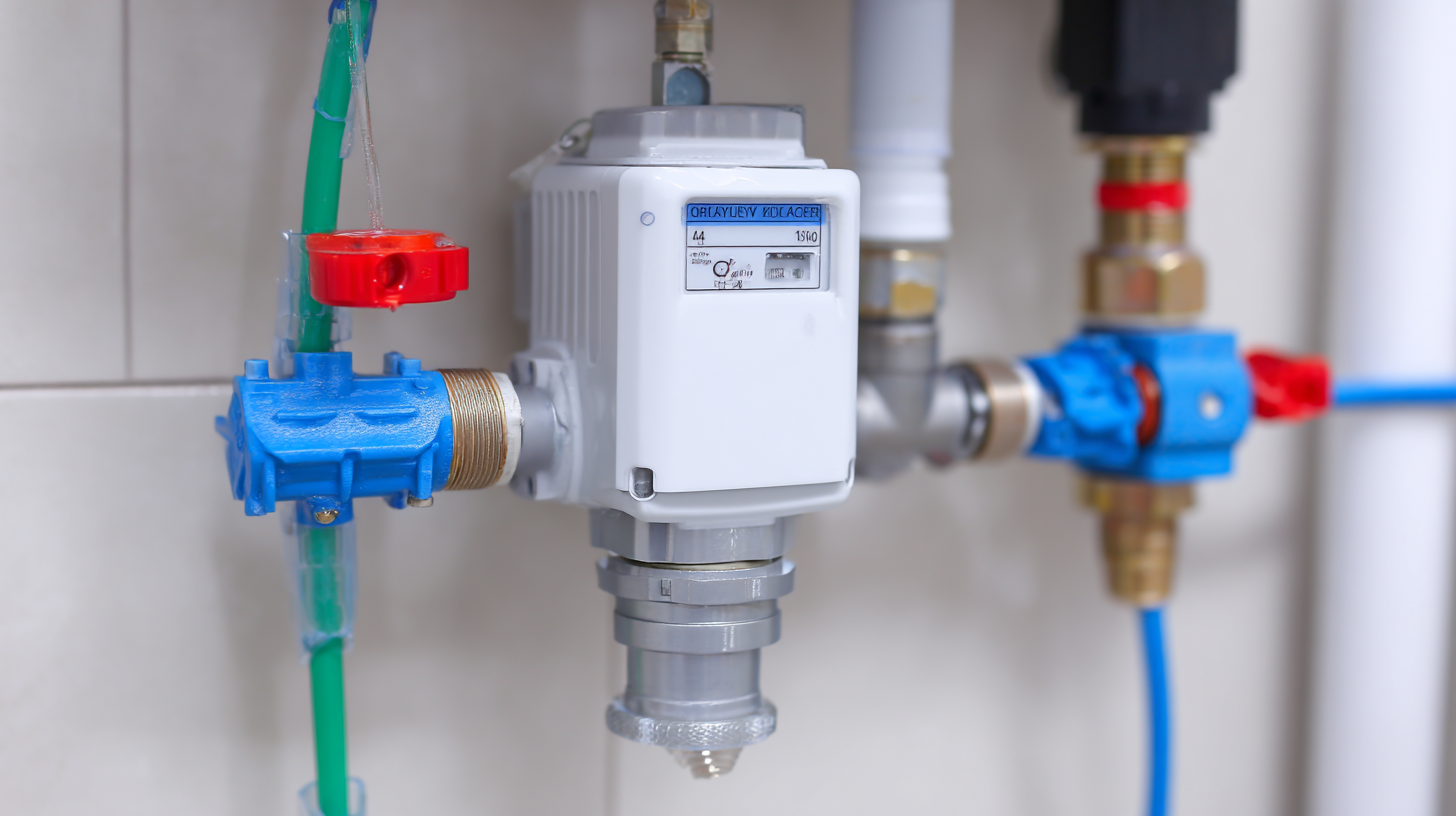 Water flow sensors are essential components of smart home technology, allowing homeowners to monitor and manage their water usage efficiently. However, like any electronic device, these sensors can encounter issues that may hinder their performance. Common problems include incorrect calibration, blockages, and battery-related issues, which can result in inaccurate readings or complete sensor failure.
Water flow sensors are essential components of smart home technology, allowing homeowners to monitor and manage their water usage efficiently. However, like any electronic device, these sensors can encounter issues that may hinder their performance. Common problems include incorrect calibration, blockages, and battery-related issues, which can result in inaccurate readings or complete sensor failure.
To troubleshoot these common issues, start by checking the sensor's calibration. Ensure it's properly set to recognize the flow rate for your specific plumbing system. If you notice erratic readings, consider cleaning the sensor to remove any blockages caused by sediment or debris. Regular maintenance can prevent buildup and ensure accurate water flow detection.
Tips: Always keep your sensor's firmware updated to benefit from the latest features and improvements. If your water flow sensor is battery-operated, check and replace the batteries periodically to avoid power-related issues. Additionally, familiarize yourself with the manufacturer’s guidelines for installation and troubleshooting to address any issues proactively.
Related Posts
-

Innovative Alternatives to Inline Flow Meter Solutions for Enhanced Measurement Accuracy
-

Innovative Solutions for Inline Water Meter Efficiency Optimization
-
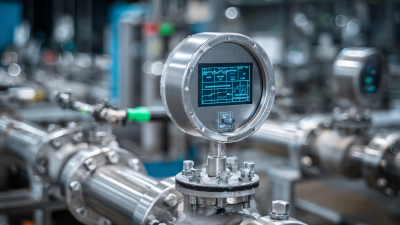
Understanding Digital Flow Meters: The Key to Precision Measurement in Modern Industries
-

Understanding Common Challenges with Magnetic Flow Meters for Global Buyers
-
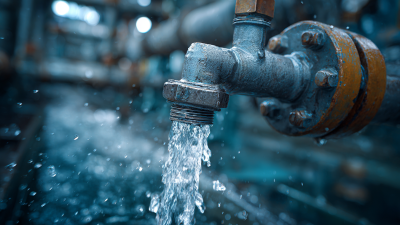
Understanding the Importance of Water Flow Meters in Efficient Resource Management
-
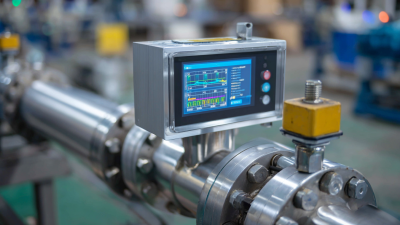
How to Choose the Right Electromagnetic Flow Meter for Your Application
